With 2023 at a close, we wanted to look back at the sales trends we saw for CPU, GPU, storage, and OS.
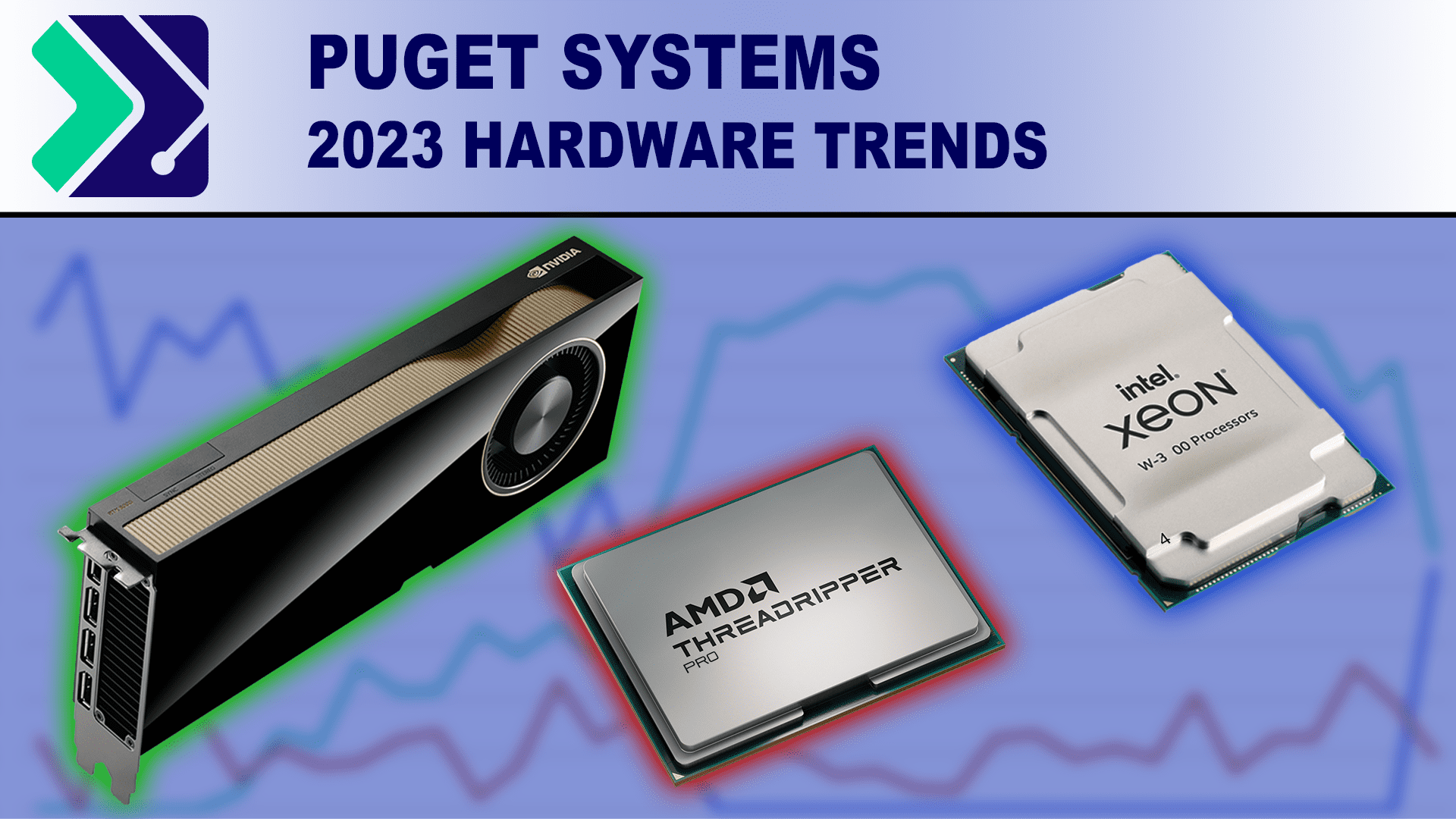

With 2023 at a close, we wanted to look back at the sales trends we saw for CPU, GPU, storage, and OS.
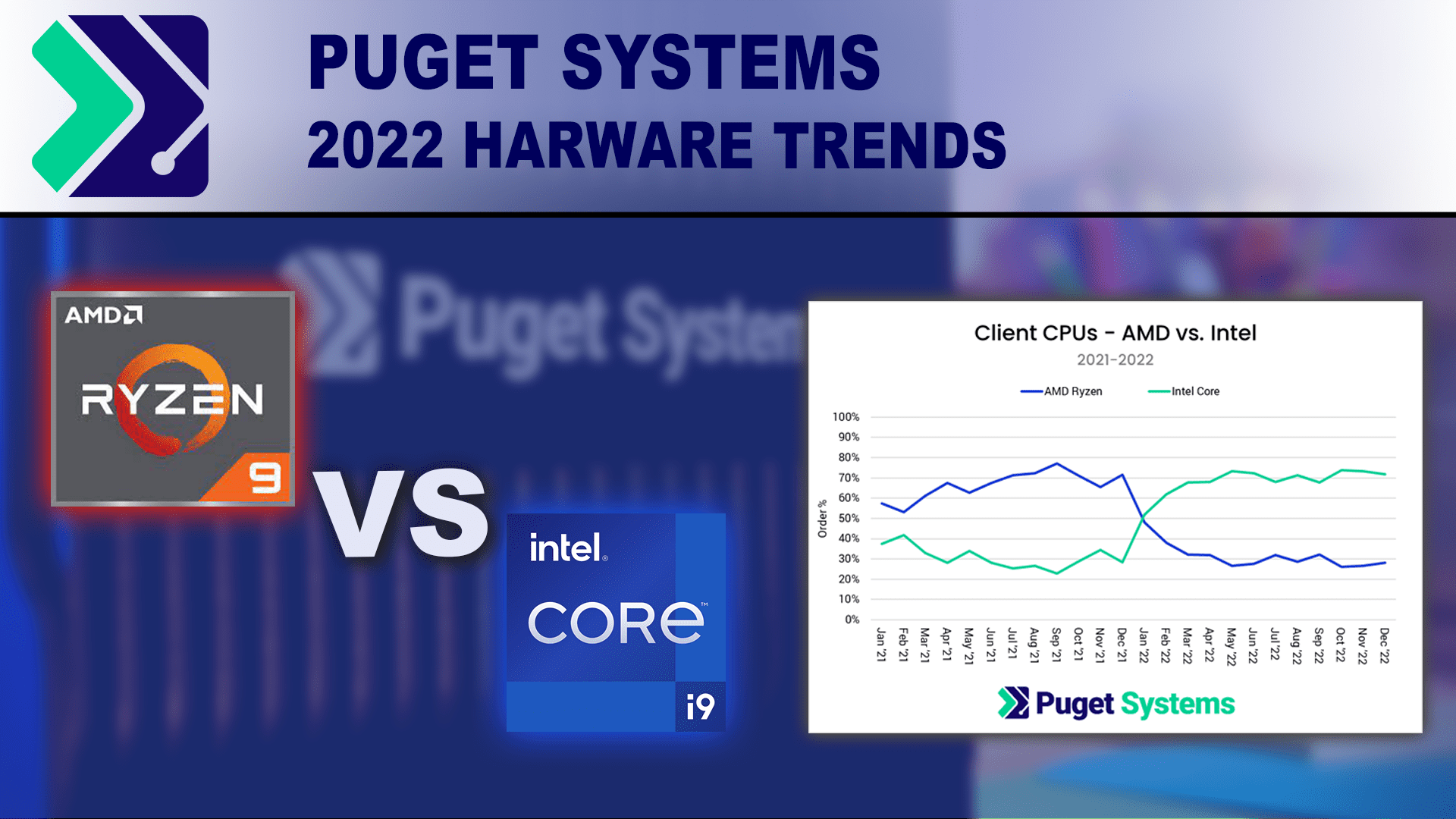
With 2022 at a close, we wanted to look back at the sales trends we saw for CPU, GPU, storage, and OS.
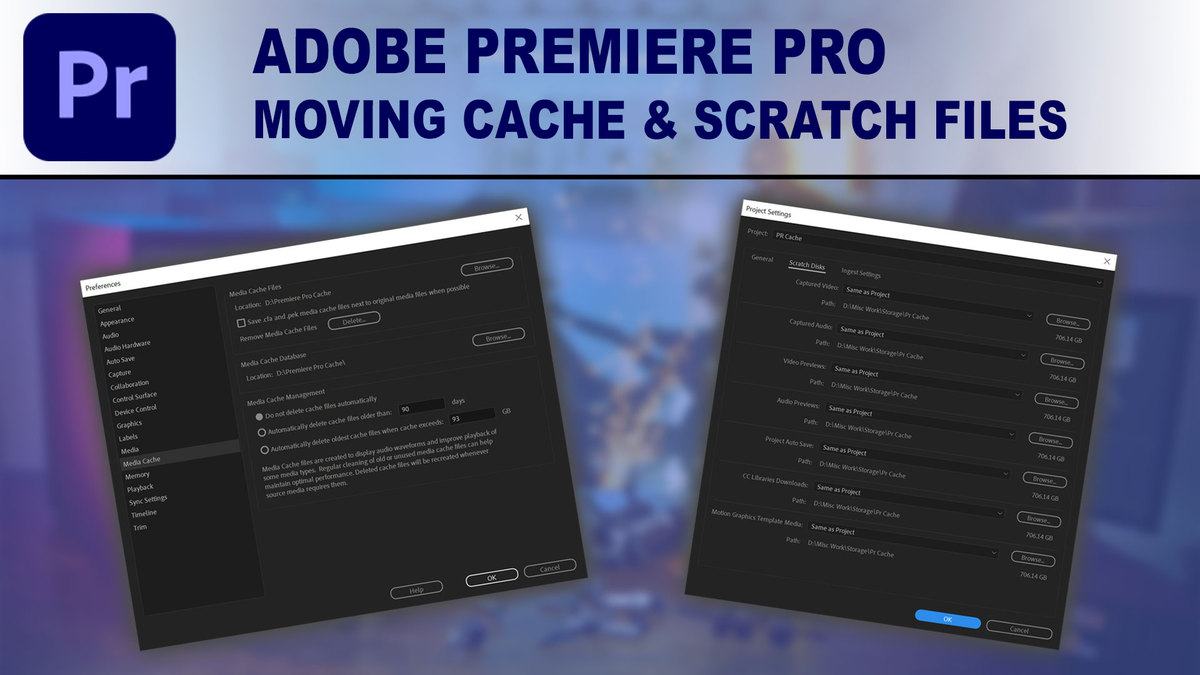
Applications like Premiere Pro are extremely complex, with hundreds – if not thousands – of various of files working together each time you work on a project. Premiere Pro defaults to storing cache and scratch files in decent locations, but sometimes it can be beneficial to move them to a different area of your system.
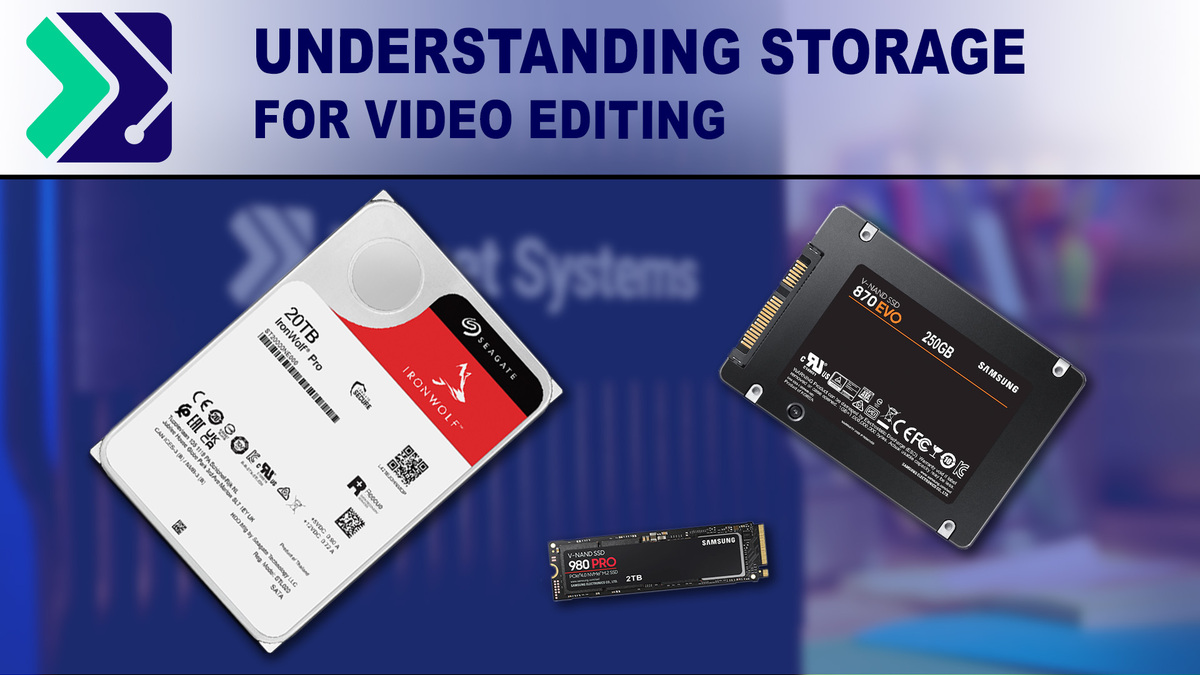
Processors and video card may be the most discussed hardware when designing a video editing workstation, but the type and configuration of your local storage drives is also a very important consideration. Not only can a proper storage setup help your workstation perform at its best, but it can also help increase the longevity and reliability of your system.

While what CPU or video card you should purchase tends to be at the forefront of any workstation hardware discussion, storage is often just as important. While there is little existing evidence that Lightroom benefits from particularly fast storage drives for your project files, considering how fast modern hardware has become we felt the need to look into it in more detail.

Having a fast disk cache plays a very important role in After Effects, allowing you to store frames you have already rendered for playback at a later time. In this article we will be looking at how different speeds of cache drives impact the performance of After Effects.

More than almost any other hardware component, the advice you will often see concerning how many and what kind of storage drive to use along with the best way to configure them is based either on anecdotal evidence or information that is vastly out of date. In this article, we will be benchmarking a variety of drive types and configurations to see what actually makes a difference when working in Premiere Pro.
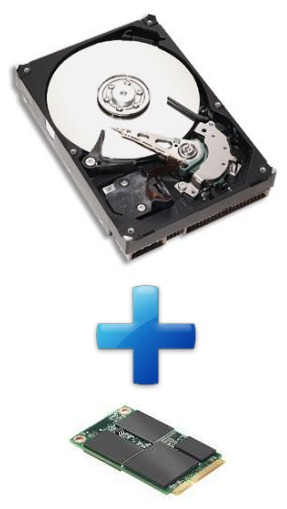
SSD caching is not new, but is something we have not inspected closely since its introduction with the Z68 chipset. In this article, we will be answering the questions: What is SSD caching? How do you set up and configure SSD caching? And what kind of performance improvements you should expect by using it.
The addition of libraries in
Windows 7 allows users to store data anywhere they want on their PC, while
still being able to access it all from one central location. But how does one go
about configuring their libraries to fit their needs?